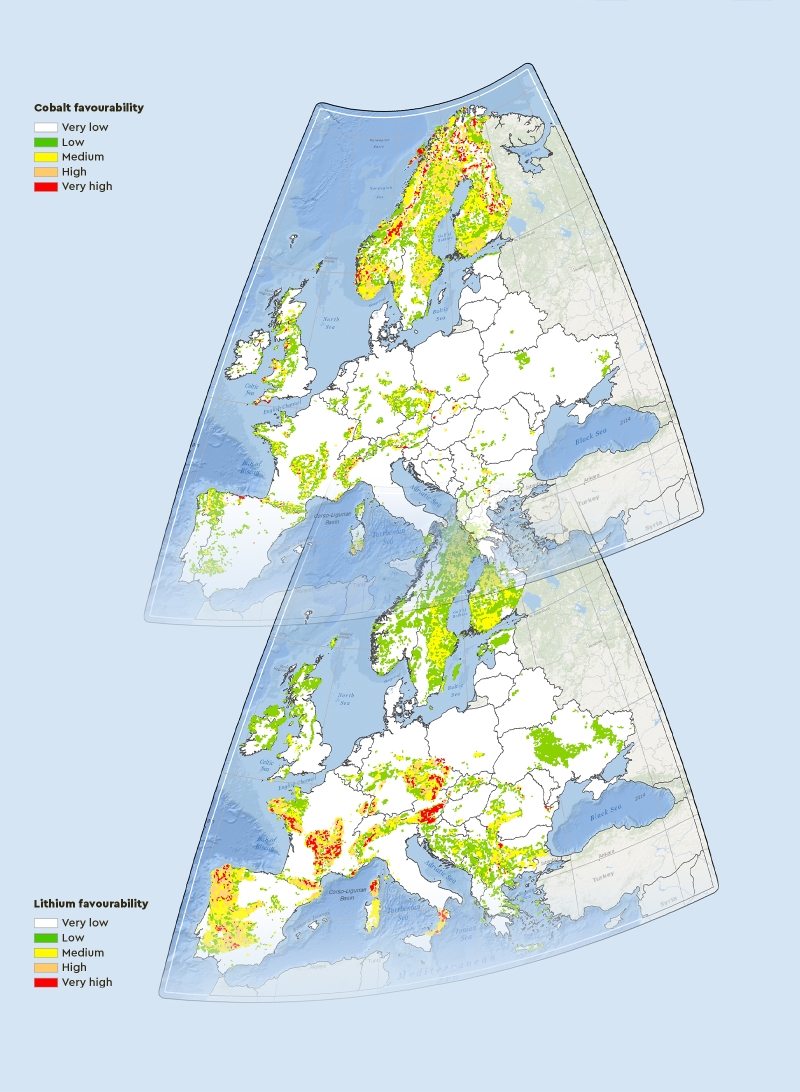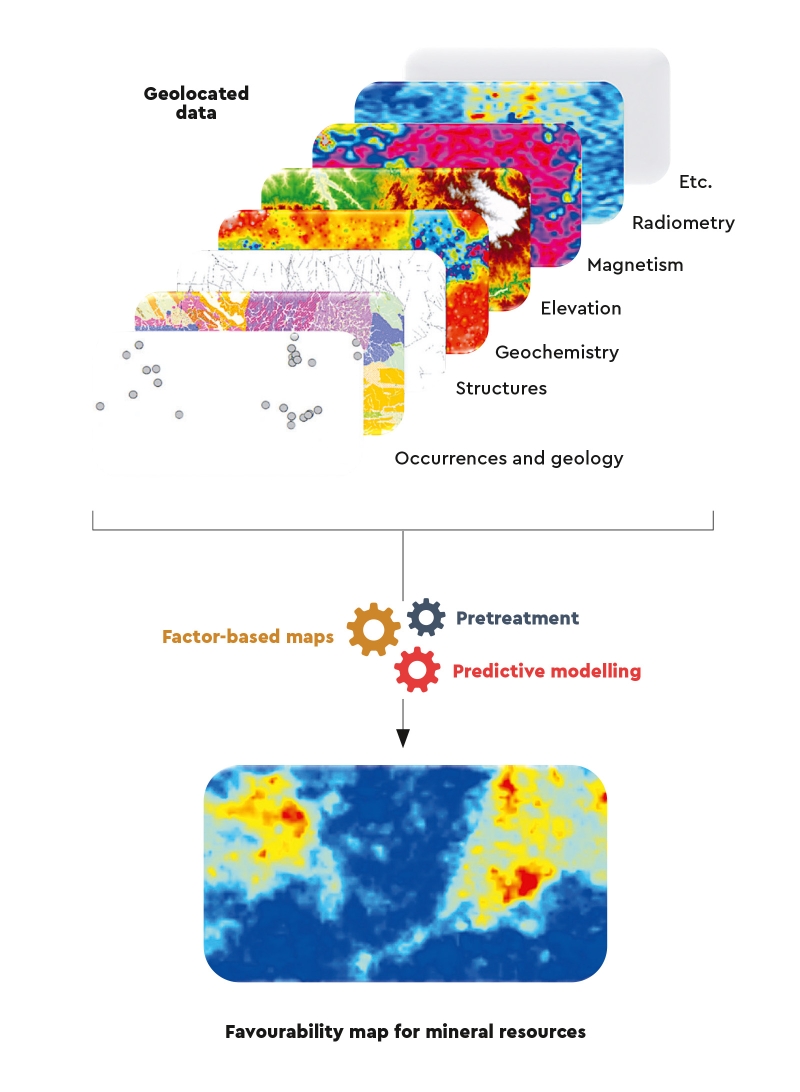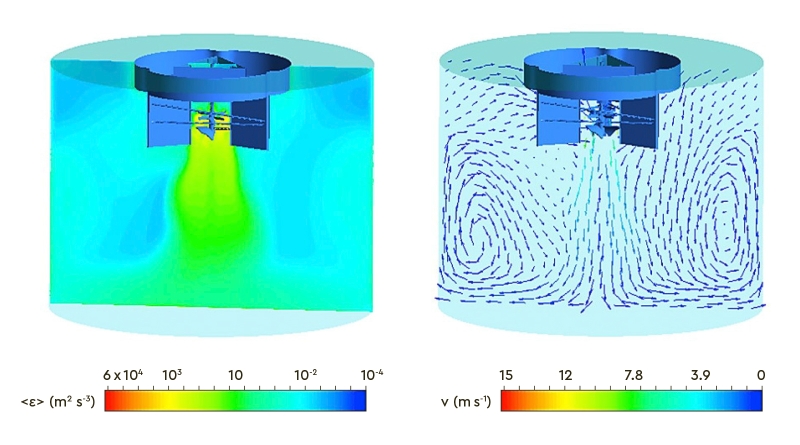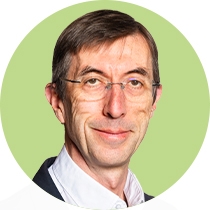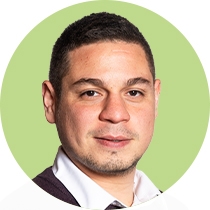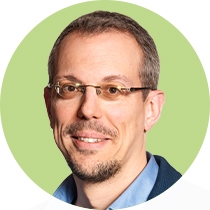Favourability map for cobalt mineralisation in Europe (preliminary version), obtained using the Disc Based Association (DBA) method as part of the Geological Service for Europe (GSEU) project. © BRGM
Mineral resources and the circular economy
Outstanding result / Predictive modelling to optimise the search for and exploitation of mineral resources
Guillaume Bertrand, specialised in mineral resources, uses predictive modelling to assist exploration operations by producing a map of the likelihood of the presence of mineral deposits. This process is called 'predictive mapping'. "It increases the probability of discovering deposits by guiding exploratory work towards the most favourable locations. This type of work is costly and requires increasingly invasive techniques as it progresses. Consequently, these operations need to be carefully targeted to optimise the cost/benefit ratio and limit their impact on the environment." Since one of the uses of the subsurface involves the extraction of natural resources, predictive mapping also provides a decision-making aid for spatial planning.
There are a number of projects that aim to develop this type of tool, particularly in order to secure France's supply of the critical raw materials used in the energy and digital transition. This is the objective of the GSEU (Geological Service for Europe) project, launched at the end of 2022. The project brings together 48 organisations and aims to set up a geological service at the European level. BRGM is coordinating the section on mineral resources. "GSEU follows on from the GeoERA-Frame project, which ended in 2021 and included a Europe-wide predictive-mapping programme for seven critical mineral resources," explains Guillaume Bertrand. "The GSEU project extends the scope of the work to cover all the substances considered critical in Europe, with a focus on those required for the energy transition. It aims to fine-tune the mapping of major geological provinces such as the Iberian belt and the Fennoscandian shield." The overall objective is to facilitate the discovery of new deposits in order to relocate part of the extraction and production of critical mineral resources to Europe, as provided for by the Critical Raw Materials programme.
Predictive mapping can be enhanced – as in the case of the current EIS (Exploration Information System) project – by deposit models which increase its accuracy and reliability, by making it easier to understand the processes involved in the formation of mineral deposits.
Combining simulations and LCA (life cycle assessment)
Digital modelling is also used to study the processes for extracting metals from ores, in particular through bioleaching, a technique which uses bacteria. "BRGM has developed Computational Fluid Dynamics (CFD) models, as well as kinetic and thermodynamic models, to describe, understand and predict the physico-chemical and biological phenomena at work during this process and to assess the consumption of reagents and energy," explains Douglas Pino Herrera, a (Bio)Process Engineer. "This allows us to determine which physico-chemical and hydrodynamic conditions improve efficiency and effectiveness."
Process simulation can also be used as part of the life cycle assessment (LCA) method applied to mineral materials, in order to determine their environmental impact depending on the techniques used. "This kind of method-coupling can be found in European projects such as HiQ LCA and CICERO, which started in 2023, or InnovTech, which is part of the “SUBSURFACE: a common good” French priority research and equipment programme (PEPR). These projects explore the eco-design of extraction and purification processes, particularly for nickel and cobalt," says Douglas Pino Herrera. Finally, modelling helps to assess the technical and economic feasibility of a process, from its development to its industrialisation. For example, the H2020 NEMO project, which ended in 2022, sought to reduce the costs of bioleaching to make the process viable for extracting metals from mining waste.
Diagram of the main types of data that can be used in predictive mapping and the main stages in processing them. © BRGM
Recovering and reusing materials
The Iterams project, which was completed in 2020, already looked at recovering and reusing processing residues. "This is still a key issue," says Sylvain Guignot, a Research Engineer "We're particularly interested in the sludge produced by copper and nickel extraction, which represents several billion tonnes a year worldwide!" This sludge is discharged into large basins and represents a risk in terms of environmental pollution, particularly when it comes into contact with water, but it also contains elements that could be reused, such as silica and aluminium. "The sludge has been solubilised; however, using geo-polymerisation techniques, it can be reformed into materials that can potentially be used on site to cover storage basins or as backfill for cavities created by mining, for example." Consequently, BRGM has developed a geochemical model of these mechanisms, which can be used to assess the geo-polymerisation potential of sludge and predict the properties of the materials formed, particularly their compression resistance. "This model effectively reflects the cases we have studied, but needs to be developed further before it can be generalised."
CFD modelling of fluid behaviour in a stirred-tank bioleaching reactor. CFD helps predict the fluid's energy dissipation (left) and the speed and direction of its movement (right). © BRGM - C. Loubière




